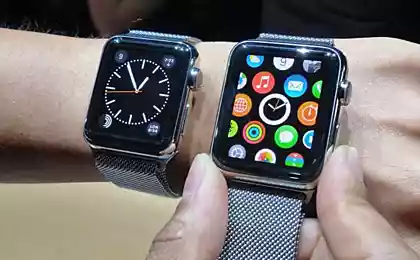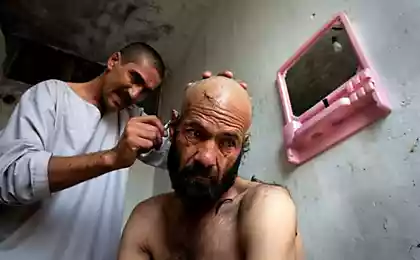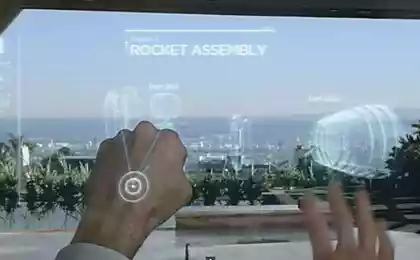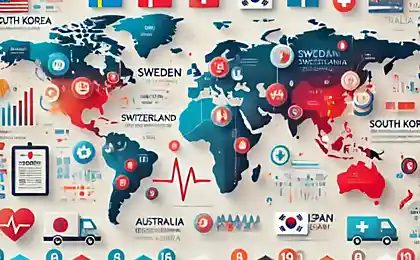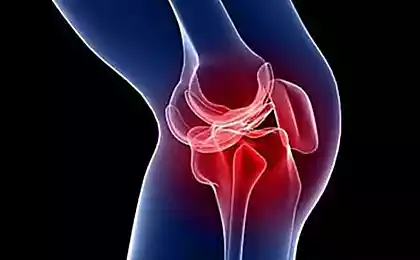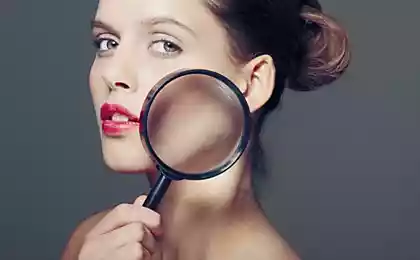2916
Deafblindness: how to live in silence and darkness?
Deafblindness - congenital or acquired at an early age (before language acquisition), blindness and deafness, to which is added the lack of hearing loss associated with dumbness. In this case, one can not "replace" the lack of hearing and vice versa, which causes a lot of problems: children do not develop and do not acquire the basic skills of self-service, if you do not work with them using a variety of techniques and equipment.
How to communicate with deaf-blind? How do they orient themselves in space? What devices help them in this? Read more - under the cut.
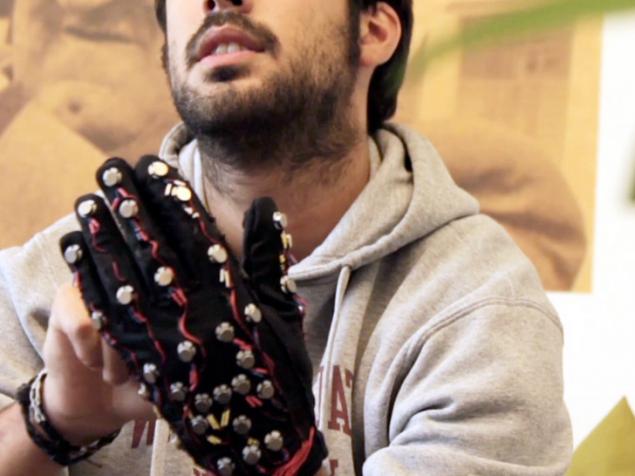
Communication h4> To begin with communication with the teacher. Blind hear it, the deaf use gestures and lip-read. If both of these feelings in humans are absent at the same time - is the sense of touch. In the 1940s, IA Sokolyansky has developed a system to transmit information from teacher to student: it teletaktor. The teacher presses a key device, and a student reading a message on Braille. Later, there was another problem - how to transmit information to several students, a whole class of children? In 1966 he began to use an improved version of teletaktora, but still with a one-way communication - "daktilyator."
Social Network h4> How deafblind receive information from the Internet? Speech synthesizers convert the data not only in sound, they can work in Braille. Special "screen" allows you to read information with your fingers. Set of raised dots rises and falls in the correct sequence. The system has drawbacks. You can not see the picture, it is impossible to determine the value of the information on a web page - have to read all the text from left to right and top to bottom, and never will work with tables. Wherein the plurality of pages contains data that can not be translated into text. Navigation mouse - useful for sighted people, but for the blind and deaf-blind need to make a special version. Or create universal methods for interaction. Solutions to these problems open market for developers of technical means of rehabilitation for the blind and deaf.
Move h4> How to navigate to the city as to cross the road at a pedestrian crossing and how to know when the traffic light is lit on the right light?
Devices for self-service in the home h4> Learn given time clock Braille.
How to communicate with deaf-blind? How do they orient themselves in space? What devices help them in this? Read more - under the cut.

Communication h4> To begin with communication with the teacher. Blind hear it, the deaf use gestures and lip-read. If both of these feelings in humans are absent at the same time - is the sense of touch. In the 1940s, IA Sokolyansky has developed a system to transmit information from teacher to student: it teletaktor. The teacher presses a key device, and a student reading a message on Braille. Later, there was another problem - how to transmit information to several students, a whole class of children? In 1966 he began to use an improved version of teletaktora, but still with a one-way communication - "daktilyator."
In the process of learning always need two-way communication. This call took VV Lebedev, and developed teletaktor positive, negative and mutual communication - "TEPROIVS."
Other apparatus for transmitting messages to a group of students created MM Germany, he used klavituru similar to a typewriter. Special recode device made it possible to communicate with deafblind people who do not have special skills to communicate with them. In 1968, he developed a class with positive, negative and mutual coupling, but the device is issued only one letter at a time - each word had for a long time to print. Three years later the problem was solved by using the new version teletaktora with tactile display, showing 24-point mark in relief.
Social Network h4> How deafblind receive information from the Internet? Speech synthesizers convert the data not only in sound, they can work in Braille. Special "screen" allows you to read information with your fingers. Set of raised dots rises and falls in the correct sequence. The system has drawbacks. You can not see the picture, it is impossible to determine the value of the information on a web page - have to read all the text from left to right and top to bottom, and never will work with tables. Wherein the plurality of pages contains data that can not be translated into text. Navigation mouse - useful for sighted people, but for the blind and deaf-blind need to make a special version. Or create universal methods for interaction. Solutions to these problems open market for developers of technical means of rehabilitation for the blind and deaf.
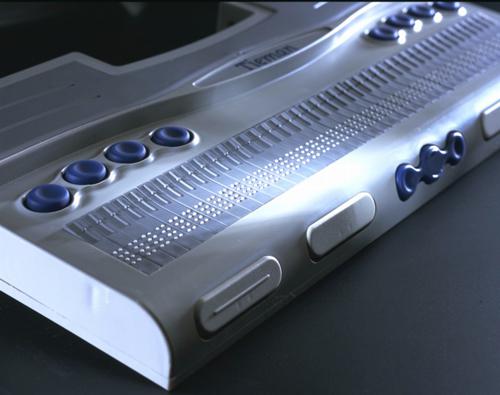
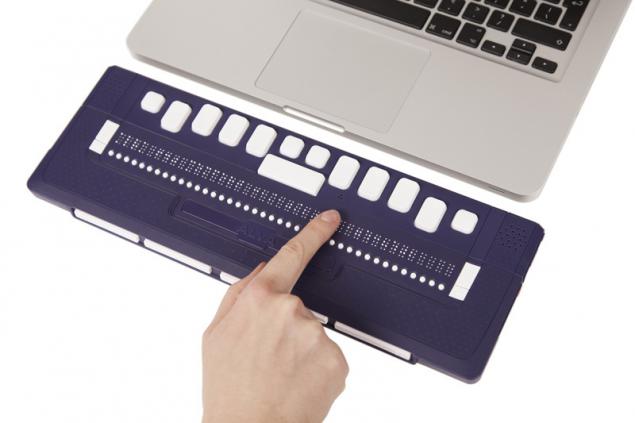
Mac OS has built-in features for people with problems with vision and hearing. Computers and mobile devices from Apple is working with 40 different braille displays.

This special display works in conjunction with a computer. Apple is working with a number of such devices, as I noted above.
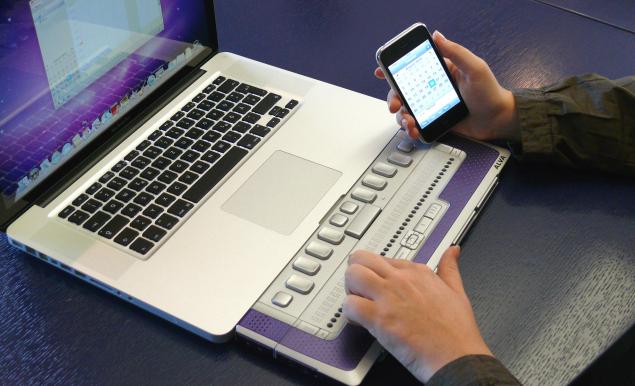
Smartphones have a special application for the blind. They allow you to play the book, read out information from the site, recognize objects.
But more suitable for deafblind smartphone that will not involve any hearing or vision. Prototype (unfortunately, still ...) smartphone B-Touch by Zhenwei You endowed with GPS, camera for recognizing objects and functions of a standard phone, including SMS. The display works in Braille. The problem of smartphones - at the cost of the Braille display, because of the high cost of the final device can not yet make a mass product.
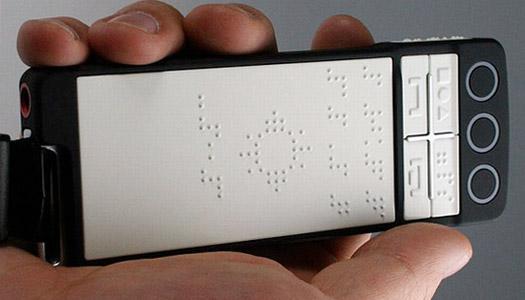
Another version of the smartphone for the blind.
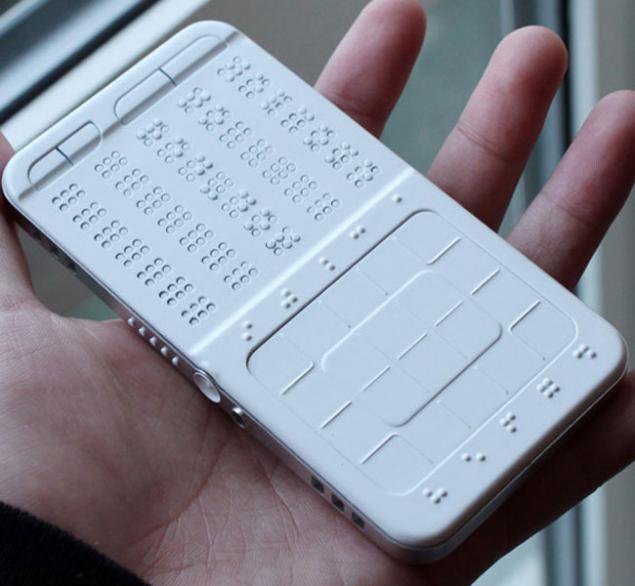
Today, most have to settle for communication devices with large buttons and Allocated Braille. In that case, even if a person does not know the font can help him device such as this glove. The user hears the text in the earpiece.

But there is a particular type of gadgets - special communicators. Braille EDGE 40 combines smartphone and computer. It has its own operating system and preinstalled software. The device allows you to create and maintain records, read books and documents, it is reminiscent of important dates, an alarm clock, timer, calculator. Braille EDGE 40 supports SD-cards up to 32 GB, works 20 hours on a single charge.
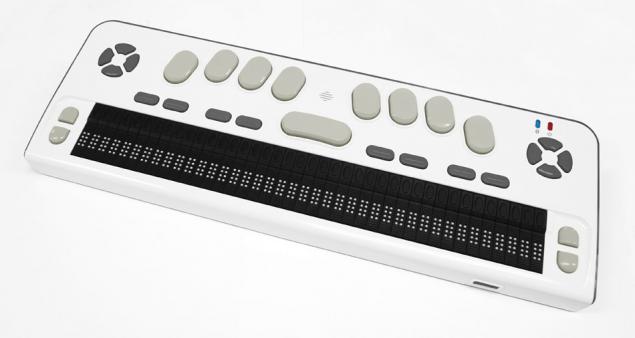
Now more about the braille display and about why they are mad money. Points that transmit symbols biomorphic controlled piezoelectric elements. Biomorph consists of glued together the piezoceramic plates with the thickness of 0, 3, 0 to 35 millimeters. Is applied onto the plate electrodes of silver or nickel. Biomorph used to convert electrical signals into mechanical force actuator that is used - for the propeller points.
The technology is very expensive to produce, so a portable Braille display can cost from 100 to 500 thousand rubles and above.
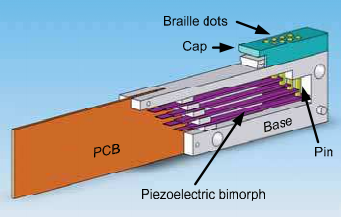
Scientists have attempted to make alternative methods of displaying information. Can I use regular smartphones to transfer Braille? The magazine New Scientist in 2009 were presented experimental results . Researchers from the University of Tampere in Finland took the Nokia 770 tablet and wrote him an application that manages the piezoelectric layer of the touch screen. Speakers points transmitted faster and stronger impulses and troughs corresponding to the weaker and prolonged vibration. One character is read as 1, 25 seconds, so people who are accustomed to the simultaneous perception of all characters, it will take time getting used to.

In just a few years earlier at the University of Tokyo have developed display based on organic transistors. Polymer thrusters controlled by transistors deposited on a flexible substrate. Propulsion and electronics are made of the same material so that the thickness of the display - only 1 millimeter. Conventional piezoelectric actuators much thicker this option.
Japanese scientists from the device displays 24 characters, point them rise to 0, 5 mm.
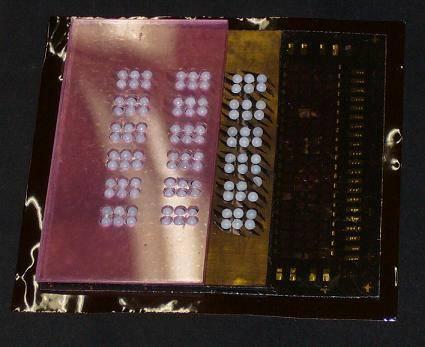
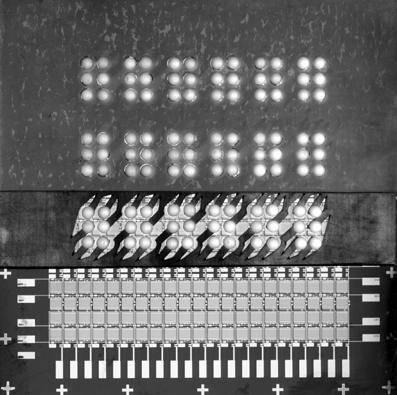
Move h4> How to navigate to the city as to cross the road at a pedestrian crossing and how to know when the traffic light is lit on the right light?
First of all, the aid comes cane. In 2013 introduced the Fujitsu. introduced a cane for the elderly with integrated GPS-tracker and the display shows the way to the hilt by the arrows. In the handle integrated thermometer, humidity sensor and heart rate monitor thumb. If the handle was in braille display - could use a cane deafblind. What else is missing? Need a distance sensor.
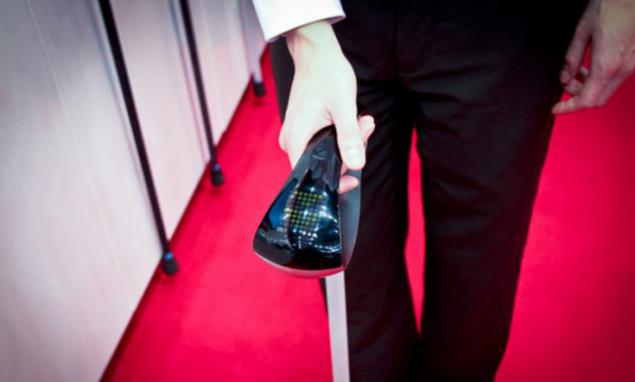
In 2008, the designer Jin Woo Han (Jin Woo Han) invented the concept interesting and useful gadget for people with vision problems, the device determines distance to the object. The stronger the vibration - the closer object. But this concept, and we are interesting devices that already exist.

"Smart" stick with sonar facilitate orientation for people with vision problems. Ultrasonic locator searches for obstacles and reports, while depending on the device is detected obstacles at different levels - on the floor at the waist, chest or head. Then, according to vibration or using headphones. The intensity signal can indicate a distance.
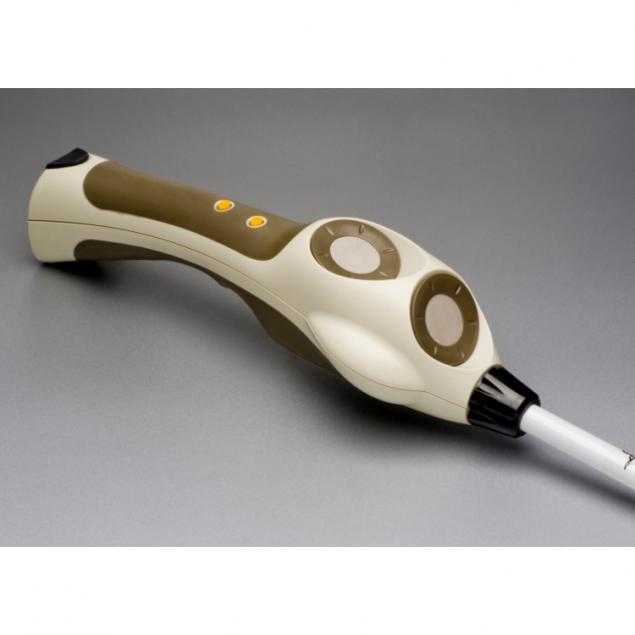
Sonar can be installed not only on a reed, and it can be worn on the hand that proved oleamm in 2013. Elektrosonar he did in the form of a device that is attached to the wrist. Detection range of obstacles - 7 meters long and weighs less than 150 grams, the battery life - up to 4 hours.
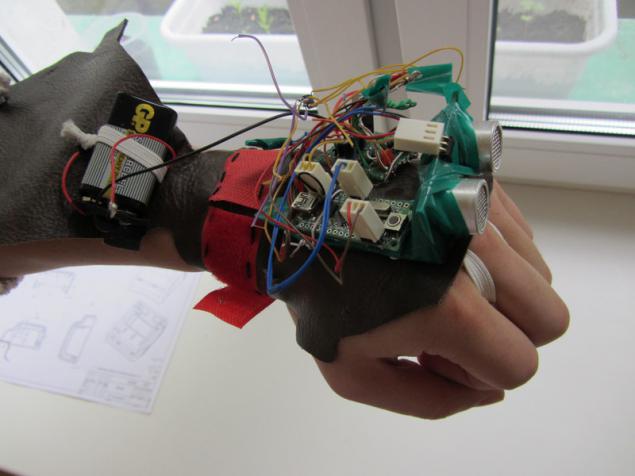

Technology BrainPort allows you to see using an electrode, fastening on the tongue. The device transforms the signals from the camera and converts them into electrical impulses that the brain can recognize as visual. BrainPort V100 complements existing techniques help in guiding - canes and assistants in the form of guide dogs.
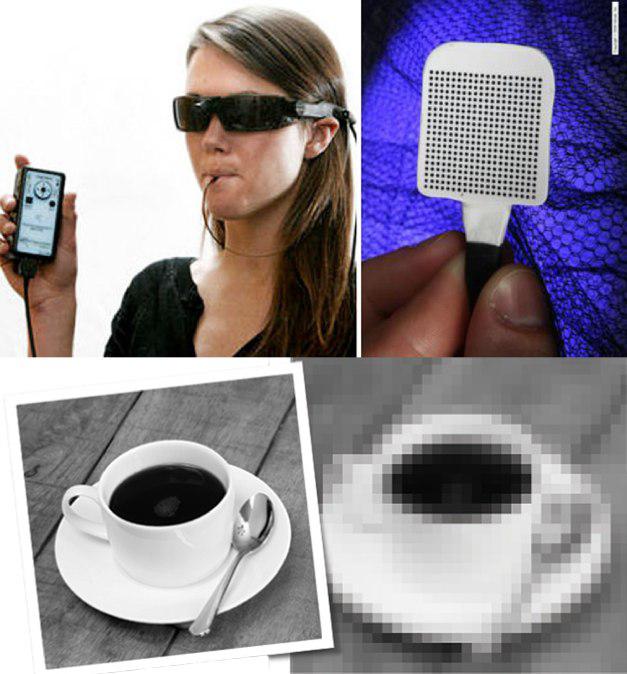
If you can project the image on the language, why not do the same for the forehead? Comes to help Japanese company EyePlusPlus and the University of Tokyo. The camera device AuxDeco removes image and translates it into a "tactile" look, which can be determined by the user forehead.
Suppose this is not the highest resolution images, but that's the way a result, the user can "see" in front of him with an instrument.


In 2014, were presented glasses for the blind OrCam , and in April of that year they went on sale. The device recognizes objects and reads the necessary information to the owner. The combination of this device with some worn Braille keyboard might make sense.

Devices for self-service in the home h4> Learn given time clock Braille.
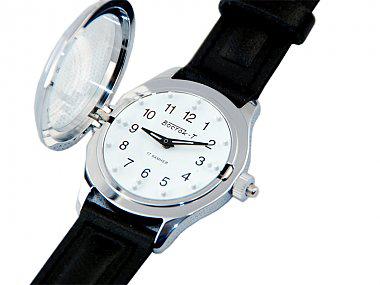
And read the papers, recognize colors and money allows OCR-scanners. Such scanners recognize symbols and transform them into sound or display with a Braille display.
Example "media center" for the blind. The device is called EClipse Scan And Read Entertainment Center.

In this case, as a device used to scan the iPhone or iPad, and he is a gadget that allows you to do it, is only a stand. Gadget for iOS on a stand camera is aimed at a newspaper or document, OCR-application recognizes text and sends it to the Braille display. Or, again, with the help of sound, if there are enough hands-free device.
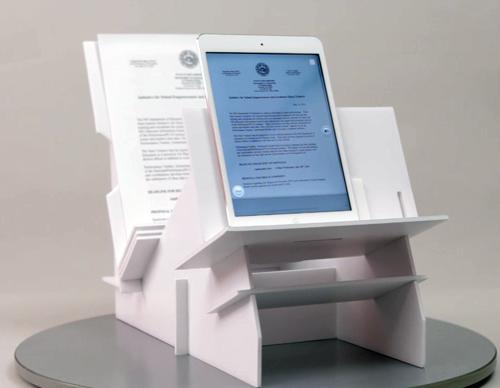
Another example of a handheld scanner.


Scanners can be more portable. The main thing - to make quality bonding between the scanner and the output device for the deaf-blind.
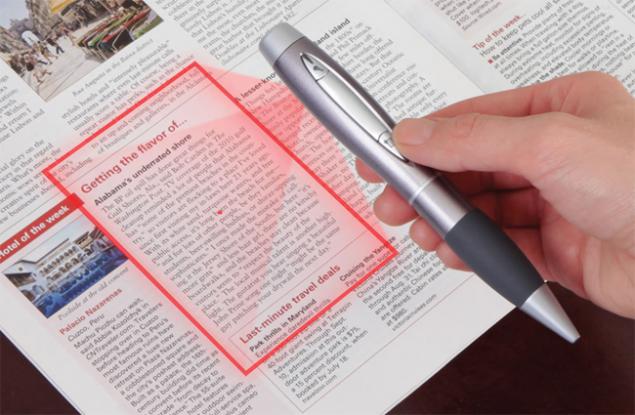
When the vision is not entirely absent, and severely damaged, use magnifiers. Like a magnifying glass, but "smarter".
One such device - Zoomax Snow 7 HD. This seven-inch tablet HD resolution is intended for use as a video magnifier. Design dictate requirements for the convenience of people with low vision: this is a huge buttons to zoom, remote, change the color mode, photographing. The camera is adjusted to the distance - near or far is what the person looks.

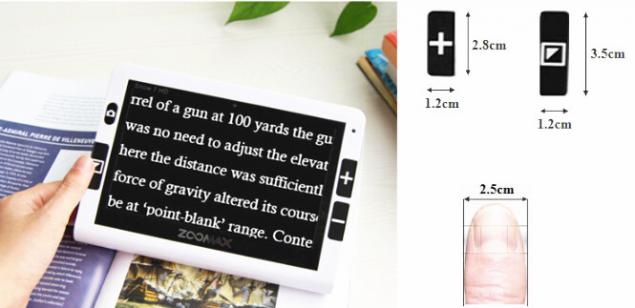
Using the gadget on the street. Distance to the object can be from 6, 5 centimeters (reading books) and 500 centimeters (for example, to read road signs and inscriptions on the stores).
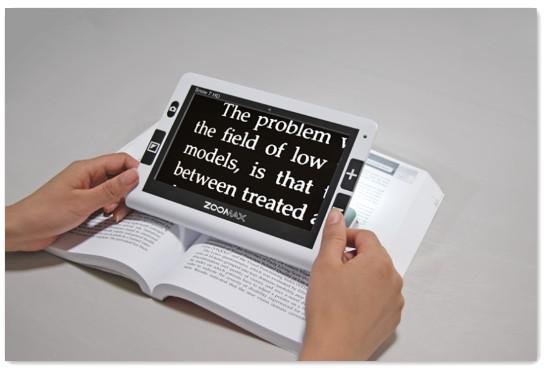
Newspapers can be read, but this is not the only difficulty for a person without sight and hearing. Complexity, there is also the convenience of the devices. Large seven-inch tablet like the gadget will increase the time it takes for the counting of bills. Although they probably most of the Blind still able to count on drawing Braille.
EyeRing - wearing device is visual assistant allows visible through the finger.
Another wearable gadget - Mobile Lorm Glove glove is specially designed for the blind and deaf. It translates text into Morse Lorme. Pressing the sensors on the glove allow deaf-blind user to write a text message. The data is transmitted via Bluetooth to the device - for example, to your device. Then, the recipient sees a given SMS message.
But there is feedback: message received carrier gloves feel due to vibration on it.
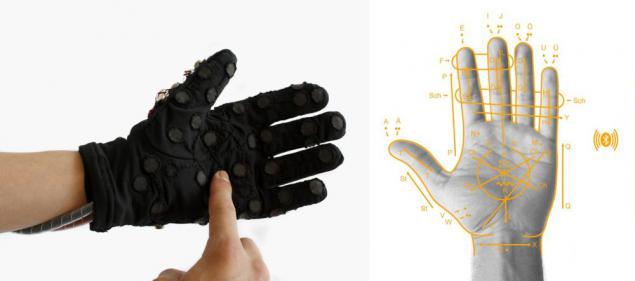
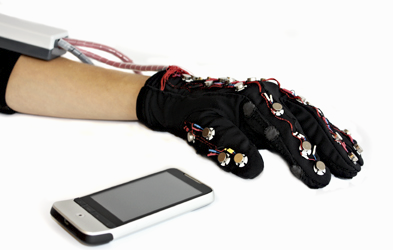
Alphabet Lorme developed by the German philosopher Heinrich Landesman more than a hundred years ago. Philosopher was blind, and then lost his hearing. ABCs, involves the transfer of characters touch, useful for the elderly, as their fingers can lose the ability to use dactylology and Lorme easier to remember.

This - made for the blind grandfather liquid level indicators. Pour the tea, seeing nothing, the problem is not the easiest. And the homemade device, experience described Habré .
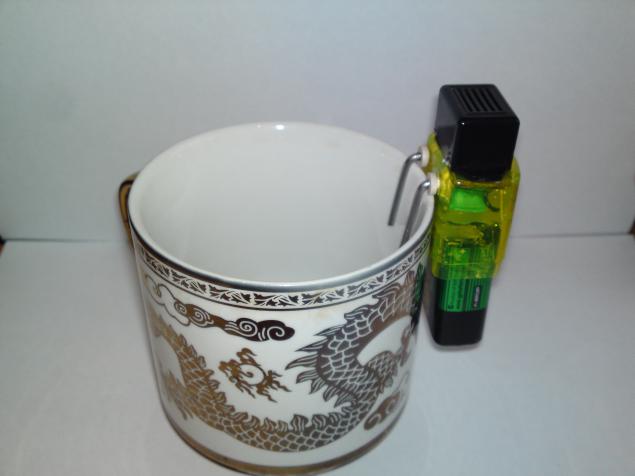
Another gadget - singing circle from Braun. The user hears an alarm when the liquid reaches the level selected using the button on the handle.

Legitimate question: both devices above are for the blind, but that would interfere with deafness hear the signal? This is - a new challenge which is addressed. I thought about the possibility of the use of "smart" bracelets that would vibrate under certain conditions. For example, a circle is connected to a smart bracelet, worn gadget then outputs the signal from precisely circles, and not from any other source. Later I clarified this issue with a specialist from the Foundation support deafblind "Over-Unity" and found that deafness with deafblindness often incomplete - that is, a person is able to hear loud noises, so sometimes it just does not interfere with the speaker louder.
In the framework of the Russian Fund support deafblind «Co-unity» developing direction of " Maintenance ». The aim of the direction - to provide the development and promotion of domestic developments for slepoguhih in Russia and in foreign markets. Now the Foundation is holding a contest innovators, which received more than 80 projects from all over Russia. So if in the process of reading the article you have a great idea, do not miss the opportunity: foundation staff will carefully examine all feedback and comments.
Source: geektimes.ru/post/249248/
Intel and Cray supercomputer began creating capacity of 180 petaflop
Tool that opens the door to the future of electronic music



































